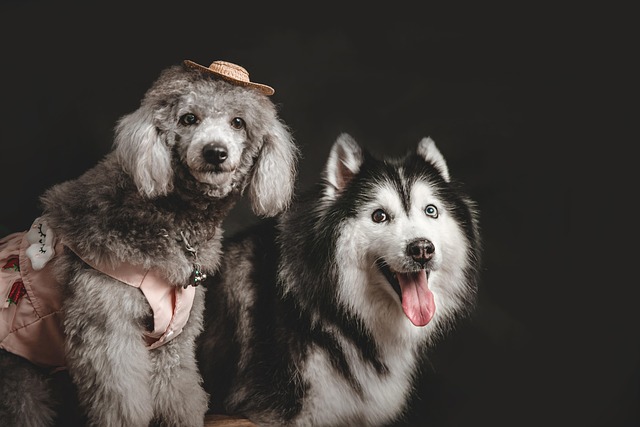
What is the best type of training for a dog?
There’s no one-size-fits-all answer to what makes the best dog training, but most experts agree that methods built on positive reinforcement tend to yield the most lasting results.
Picture this scenario: you're playing a fun game of fetch with your beloved dog when suddenly they refuse to give back their favorite squeaky toy. You reach for it, and they either run away or grip it even tighter, turning playtime into a tug-of-war battle. If this sounds familiar, you're not alone. Learning how to teach your dog to let go of a toy is one of the most valuable skills you can develop together, and it's far easier than you might think.
The truth is, when dogs hold onto their toys with determination, they're not trying to be stubborn or disobedient. There's actually fascinating psychology behind this behavior that dates back thousands of years to their wild ancestors. Understanding these underlying motivations is the first step toward successful training.
Most dogs develop what we call resource guarding instincts, which is completely natural behavior. In the wild, protecting valuable resources like food or prized possessions meant survival. Your modern house dog doesn't face these same challenges, but those ancient instincts still influence their behavior today. When your pup grips that tennis ball like their life depends on it, they're essentially saying, "This is mine, and I don't want to lose it."
Emotional attachment plays another significant role in dog toy possessiveness. Just like children form bonds with favorite blankets or stuffed animals, dogs can develop deep connections to specific toys. Maybe it's the rope toy they've had since puppyhood, or perhaps it's that squeaky duck that provides comfort during stressful moments. These attachments are perfectly healthy, but they can sometimes interfere with training if not addressed properly.
Fear of loss also drives possessive behavior. Dogs who have experienced scarcity in the past—whether they're rescue dogs or simply haven't been taught proper sharing etiquette—might worry that giving up a toy means never seeing it again. This creates a cycle where holding tight feels safer than letting go.
Here's where many well-meaning dog owners make a crucial mistake: they resort to force or punishment to get dog to release toy. You might see someone yanking a toy away, scolding their dog, or even prying open their mouth. While these methods might work in the moment, they actually reinforce the very behavior you're trying to eliminate. When dogs learn that humans take things by force, they naturally become more protective of their possessions.
Positive reinforcement for dog toy release offers a completely different approach—one that builds trust rather than fear. Instead of creating conflict, you're teaching your dog that releasing toys leads to wonderful things happening. This method recognizes that cooperation works better than coercion, especially when dealing with an intelligent, emotional creature like your dog.
The beauty of positive reinforcement lies in its ability to change your dog's emotional response to the situation. Rather than viewing toy release as losing something valuable, your dog begins to see it as an opportunity to earn rewards and praise. This shift in perspective makes training not just more effective, but genuinely enjoyable for both of you.
Building this foundation of trust pays dividends beyond just toy training. Dogs who learn through positive methods tend to be more confident, more willing to try new behaviors, and more bonded with their owners. You're not just teaching a command; you're strengthening your entire relationship.
Now, let's dive into the practical steps for teaching your dog this essential skill. The key is starting simple and building complexity gradually, always ensuring your dog feels successful and rewarded.
Begin with the "drop it" or "leave it" command during calm moments, not during intense play sessions. Choose a time when your dog is relaxed and holding a toy casually. Hold a high-value treat near their nose—something irresistible like small pieces of chicken or cheese. Most dogs will automatically open their mouth to investigate the treat, naturally dropping the toy in the process.
The moment that toy hits the ground, immediately say "drop it" or "leave it" in a clear, happy voice, then give them the treat and plenty of praise. This timing is crucial because you want your dog to connect the command with the action of releasing, not with the treat itself.
Practice this sequence several times during short, five-minute training sessions. Dogs learn best through repetition and consistency, but they also have limited attention spans. Multiple brief sessions throughout the day work better than one long, exhausting practice period.
As your dog begins to understand the connection between the command and the action, you can start introducing the verbal cue slightly before they drop the toy, rather than simultaneously. Hold the treat near their nose, say "drop it," and then reward the release. This helps them learn that the words themselves predict good things coming.
Gradually increase the challenge by practicing during more exciting moments. Start with low-energy play sessions and work up to those times when your dog is really engaged with their toy. Remember, you're asking them to override their natural instincts, so patience and understanding are essential.
One advanced technique that works wonderfully involves trading up. Instead of just asking your dog to give up their toy for a treat, offer them a different, equally exciting toy in exchange. This teaches them that releasing doesn't mean the fun ends—it just transforms into something new. Many dogs actually prefer this approach because it maintains the play energy they're craving.
Understanding dog toy possessiveness means recognizing that every dog learns at their own pace, and you'll likely encounter some challenges along the way. Don't get discouraged if progress seems slow initially—some dogs need more time to overcome their natural protective instincts.
If your dog seems particularly resistant to releasing toys, examine your training environment. Are there distractions that might be interfering with their focus? Is the reward you're offering truly more valuable to them than holding onto their toy? Sometimes switching to a higher-value treat or finding a quieter training space makes all the difference.
Some dogs exhibit what trainers call "keep away" behavior, where they run off with toys when they see you approaching. This usually indicates that your dog has learned to associate human approach with toy confiscation. Counter this by occasionally approaching your dog when they have a toy, giving them a treat, and then walking away without taking anything. This teaches them that your presence near their toys can be positive.
For dogs with strong resource guarding tendencies, you might need to work with a professional dog trainer or behaviorist. These specialists can help you develop a customized approach that addresses your specific dog's needs while keeping everyone safe. There's no shame in seeking professional help—in fact, it shows how much you care about doing right by your dog.
Fear-based possessiveness requires extra patience and gradual desensitization. These dogs need to learn slowly that releasing toys doesn't mean losing them forever. Practice giving toys back immediately after your dog drops them, sometimes even before offering any treat. This helps build confidence that cooperation leads to good outcomes.
The most rewarding aspect of teaching your dog to let go of toys extends far beyond the practical benefits. This training process offers a beautiful opportunity to deepen your understanding of each other and strengthen the bond you share.
When you approach dog possessiveness of toys training with empathy and patience, you're communicating to your dog that you respect their feelings while also establishing clear, fair boundaries. This balance of understanding and leadership forms the foundation of a truly harmonious relationship.
Dogs who learn to trust their owners during toy release training often become more cooperative in other areas as well. They're more likely to come when called, more willing to try new experiences, and generally more confident in their daily lives. The skills they develop during this training—impulse control, trust, and communication—transfer to countless other situations.
Moreover, successfully working through possessiveness issues can prevent more serious behavioral problems from developing. Dogs who never learn appropriate sharing and release behaviors might escalate to more concerning forms of resource guarding, potentially involving food, sleeping areas, or even family members.
The journey of teaching your dog to release toys also teaches you valuable lessons about patience, consistency, and positive communication. Many owners discover that the process of understanding their dog's motivations and responding with kindness rather than force improves their overall approach to pet ownership.
As you continue practicing these techniques, remember that every small success is worth celebrating. The first time your dog drops a favorite toy on command, the moment they look to you hopefully after releasing something, the day they bring you a toy and willingly give it up—these are all significant milestones in your shared journey.
Teaching your dog to let go of toys isn't just about preventing tug-of-war games or making fetch more enjoyable, though it certainly accomplishes both of those goals. It's about building a relationship based on mutual respect, clear communication, and trust. When your dog learns that cooperation leads to positive outcomes, you've laid the groundwork for a lifetime of successful training and deeper companionship.
With patience, consistency, and the right approach, any dog can learn this valuable skill, regardless of their age, breed, or previous experiences. The key lies in understanding their perspective, respecting their natural instincts, and providing them with compelling reasons to choose cooperation over possession. Before long, you'll find that playtime becomes more enjoyable for both of you, built on a foundation of trust and mutual understanding that extends far beyond any single toy or training session.

There’s no one-size-fits-all answer to what makes the best dog training, but most experts agree that methods built on positive reinforcement tend to yield the most lasting results.
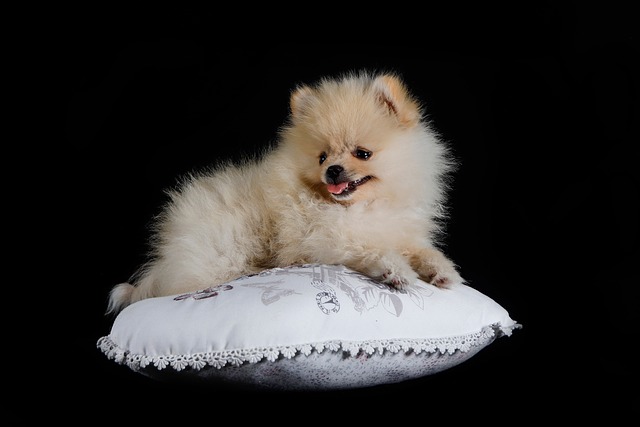
Welcoming an 8-week-old puppy into your home is a joy filled with wiggly tails and endless curiosity. One of the first steps in building a strong bond is teaching them their name.
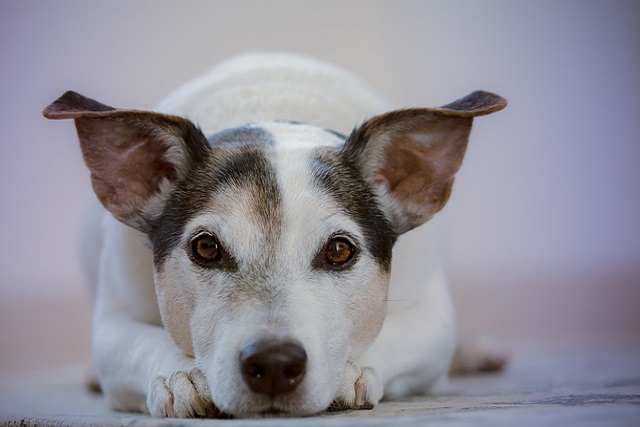
If you’ve ever sat up at night, listening to your gray-muzzled dog pace back and forth, stopping to whine or stare at a wall, you know the worry that comes with a restless senior pup.
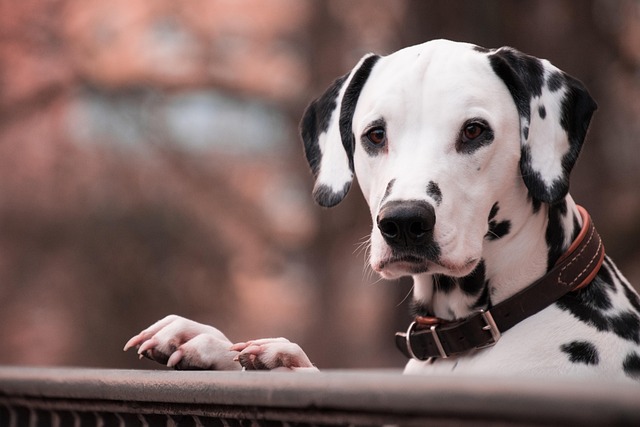
Training a service dog starts long before they’re ready to assist with specific tasks—their journey begins with building a foundation of trust, focus, and adaptability, and the timing of this training matters more than you might think.
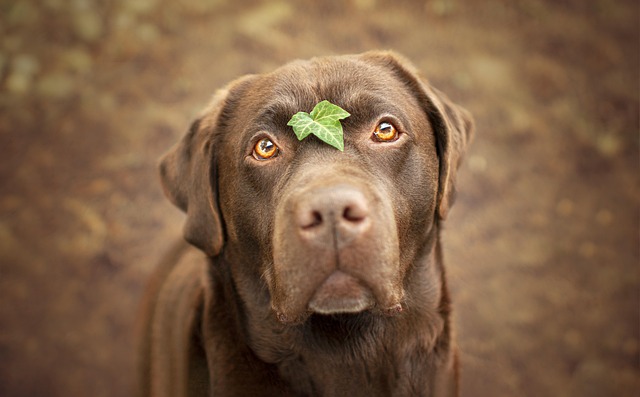
Watching a tiny puppy fumble through their first attempts to sit can feel like watching a little acrobat mastering a new trick.
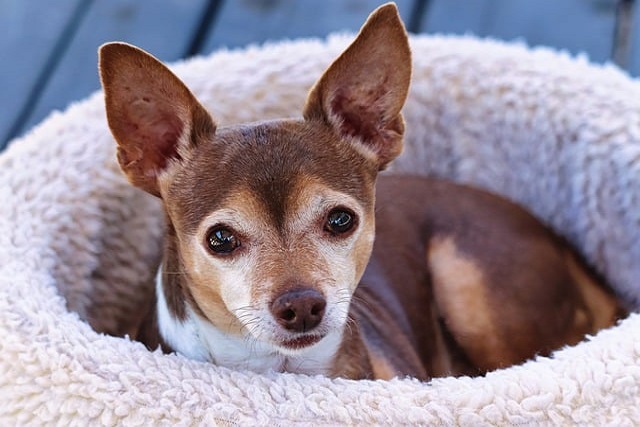
If you’ve ever found your flower bed dug up or your favorite shrub chewed to bits, you’ve probably searched for easy ways to keep neighborhood dogs (or even your own) out of your yard.